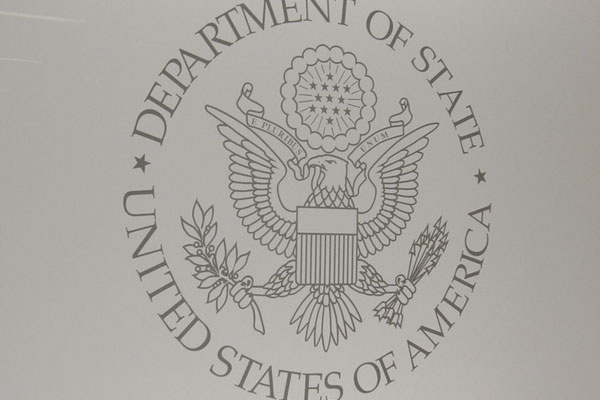The State Department is about to lose yet another Under Secretary for Public Diplomacy and Public Affairs. As reported last week, Tara Sonenshine, who has been in the post for 14 months, is planning to leave the job on July 1.
Sonenshine came to the job with an impressive media, foreign policy, and administrative background, and has been an enthusiastic advocate for U.S. government public diplomacy. Her departure is a loss that fits into an unfortunate pattern for U.S. public diplomacy.
The public diplomacy field includes a range of activities directed at foreign publics: educational and cultural exchanges, international visitor programs, and, increasingly, social media outreach and counterterrorism communication. In a dotted line relationship, it also includes U.S. international broadcasting.
Last year, Sonenshine spoke at The Heritage Foundation about the importance of tracking metrics in State’s public diplomacy work, and her work at State has improved the systematic accumulation of programmatic performance data, a critical element in budgeting.
Though of major importance for U.S. global leadership, U.S. public diplomacy has been adrift for over a decade. The turnover in the under secretary post is both a symptom and a cause. It is a symptom of the diminished power and resources invested in public diplomacy since the U.S. Information Agency was folded into State in 1999 and a cause because rapid leadership turnover undermines strategic planning and operational effectiveness.
By comparison, the National Endowment for Democracy, which does related work with foreign publics, and operates on a grant from the U.S. government but is not a part of it, has been under one director, Carl Gershman, since its founding in 1984.
Since 1999, when the office of under secretary was created, it has been vacant 30 percent of the time and held by seven people. According to a 2011 report by the U.S. Advisory Commission on Public Diplomacy, the average tenure of the Under Secretary for Public Diplomacy since 1999 has been 500 days. That is about half the tenure (in the same time frame) of the position of Under Secretary for Political Affairs and less than a third of that of the Under Secretary for Democracy and Global Affairs.
As noted by Nicholas Cull of the University of Southern California, speaking in Washington yesterday about his new book, The Decline and Fall of the United States Information Agency, the essence of public diplomacy is building international relationships over time. Within the State Department, the turnover in the public diplomacy top spot and the increasingly shorter rotations of U.S. diplomats undermine a crucial element of foreign policy.
